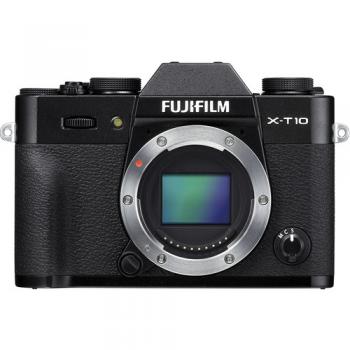Monday, September 7, 2015
Exploring Minimalism
It’s easy to associate photography with portraits of people and sprawling landscapes, but have you ever considered chopping out extraneous details to tell a simple, yet powerful story? Minimalist photography seeks to capture subjects in extreme focus, eliminating the background noise of more conventional photography techniques. Perform these minimalist exercises with your digital camera and learn the true meaning of “less is more”.
Wednesday, September 2, 2015
Life in Auto: Easing into Your SLR
When you finally make that leap to taking pictures with SLR, one of the first things you’ll probably hear is “get out of Auto Mode.” This piece of advice isn’t unfounded; the only way to truly maximise your SLR is to explore the various settings to take your photography to the next level. However, if you’re just starting out, there’s definitely no shame in spending some time in the carefree arms of Auto Mode. When you’re starting out, it’s just as important not to pressure yourself, have fun, and just get comfortable taking pictures.
For more tips on maximising your SLR experience, visit our blog: http://blog.slrhut.co.uk/
Get a Grip
Taking some time in Auto Mode allows you to focus on the fundamentals, and that includes proper posture and maintaining a steady grip on your camera. The value of learning how the weight of your machine feels in your arms, and how your hands and fingers contour around it cannot be emphasised enough. Getting to know your SLR at this basic level will help you take better pictures in the long run.Try Some Angles
Even without worrying about exploring the myriad adjustments, it’s important for any photographer to develop a good eye for composition. Fine tuning the settings will get you the subtle effects that add up to a more dramatic shot, but a good eye will identify a moment when it happens. Auto Mode does away with the burden of so many details, and frees up your imagination.In Time, Move On
It’s important to know when to take the next step. Be aware that while Auto Mode is OK, there’s a whole world of discoveries beyond it. Once you’re comfortable with your SLR, try out the other configurations and camera lenses so you can create even stronger stories with your photography. Just remember: there’s no need to rush into everything all at once!For more tips on maximising your SLR experience, visit our blog: http://blog.slrhut.co.uk/
Subscribe to:
Comments (Atom)




